Egyptian Symbols: Let's Explore Their Hidden Meanings
Egypt is known for its rich culture, monuments and symbols.
These symbols, by the way, can be found throughout ancient Egyptian art and represent important concepts such as life, power and the divine.
By exploring the history and meaning of Egyptian symbols, we can better understand, simultaneously, Egyptian religion, and its fascinating art.
Contents :

The importance of symbols for the Egyptians
Symbols are a very important way to understand the history and culture of the ancient Egyptians.
They represented the beliefs, values and way of life of the inhabitants of one of the most ancient and illustrious civilizations.
According to some historians, these symbols were even used to communicate across time and reveal what the wise people of this historical period thought.
In any case, one thing is certain: the Egyptians considered symbols sacred, as having a deep meaning that went beyond simple visual symbolism.
Gods, goddesses, and divine animals were often associated with different symbolic forms, giving ancient people a way to connect with their spirituality.

Symbol #1: the eye of Horus
One of the most well-known Egyptian symbols is the Eye of Horus, used for centuries to represent protection and goodness.
The Eye of Horus is a complex symbol dating back to ancient Egypt. It comes from the god Horus, son of Isis and Osiris. The symbolism behind the eye refers to its divine power; it was believed to protect against malevolent forces while providing spiritual healing to people who wear or believe in it.
Furthermore, it was believed that by turning the eye on oneself, one would gain greater intuitive insight which would allow one to more clearly follow the right path to spiritual wisdom.

Symbol #2: the Ankh
The Ankh is often considered a symbol of life and renewal, but it has many other spiritual meanings.
This Egyptian symbol simultaneously symbolizes the cycle of life and the divine power that allows human beings to regenerate and survive through the years.
This can be seen in its round shape (it represents a house or temple which shelters people from bad weather) while its straight handle symbolizes a tree which gives birth to nourishing fruits.
When these elements are combined, you get a powerful symbol that shows how the Egyptian gods were able to provide people with what they needed to thrive along the Nile.

Symbol #3: the beetle
Egyptian symbols are very important in Pharaonic culture and, as such, the scarab is one of the most notable.
The scarab has a deep meaning that is reflected in many ancient works. It was considered a sign of protection, but it also symbolized resurrection and renewal.
This animal was associated with Khepri, the sun god whose name means “he becomes” or “he will be born”. In ancient myths, Khepri represented the creative act of the sun which rises into the sky each morning; this idea gave the beetle its positive connotation.
In addition, the Ancients believed that beetles could survive extreme conditions and that they therefore transmitted this message to humans: nothing can stop your determination and your inner strength, which will help you overcome any obstacle!
Regardless, the symbolism of the scarab is still present in our daily lives, in that it appears on various decorative objects, jewelry and traditional furniture.

Symbol #4: the cat
Egyptian symbols are an inexhaustible source of meanings and interpretations. Each has its own story, particular symbolism and can be used to convey universal messages. In short, the fourth symbol to explore here will be that of the cat.
This animal was considered sacred by the ancient Egyptians, because it represented the goddess Bastet, protector of the home and family. Cats were therefore revered throughout ancient Egypt due to their ability to ward off bad influences and bring protection, fertility and good fortune to the people around them.
Felines also symbolized luck, renewal and protection against misfortune.
Furthermore, the cat is associated with divine feminine power? This is why we often find this symbol on objects related to women, such as jewelry or certain religious objects.

Symbol #5: the obelisk
Egyptian symbols are one of the greatest mysteries of humanity. The obelisk is an interesting example of this type of symbol.
This particular form of monument was considered a representation of the sun god Ra. It therefore symbolized the sun which brought warmth and life to the inhabitants of Egypt.
Since they were the ones who had them erected, the obelisks also showed that the pharaohs had absolute power. Thus, they were associated with the sun god through the obelisks that they had built in all the important cities of ancient Egypt.
The obelisks also had a mystical connotation: it was thought that they were used to invoke divine spirits so that they would protect the population against the evil forces which prowled in the desert.

Symbol #6: the goddess Isis
The goddess Isis is an important symbol in Egyptian mythology. She was known to be a protective and maternal goddess, linked to love and fertility. Its name means "throne" or "seat" in ancient Egyptian, which shows its role in the world of the gods.
In short, Isis was considered a powerful and divine female figure by the ancient Egyptians. She helped protect her followers from all dangers and offered her blessing to those she cared about.
Its presence was often expressed in the form of a winged beetle, an insect associated with spiritual rebirth, carrying the solar disk on its back. Sometimes, it is also a representation of the goddess wearing falcon wings which will serve to mark her presence.
In any case, many religious beliefs have been associated with Isis over the centuries. For example, some believed that his presence would allow people to find spiritual enlightenment or physical healing through his divine magical powers.
Lucky charm featured in this article
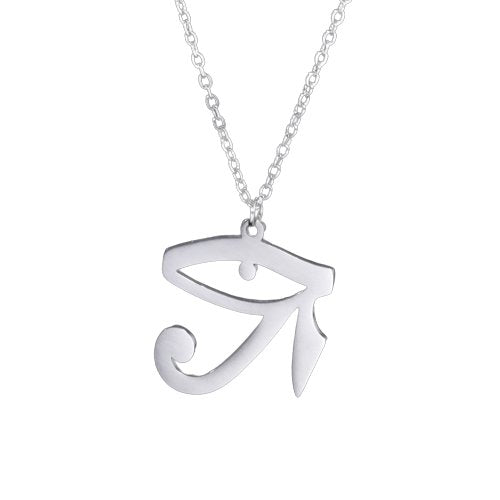
Eye of Horus Pendant
See more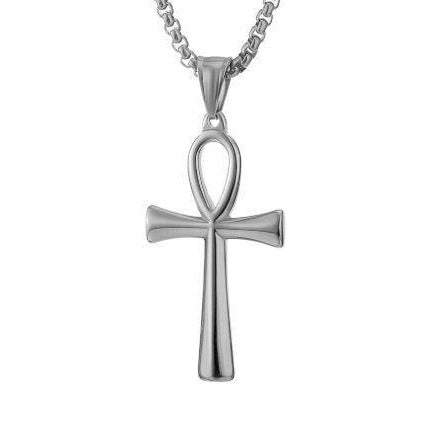
Pendant of the Cross of Life (or Ankh)
See more
Egyptian Ankh Ring
See more
Beetle in Resin
See more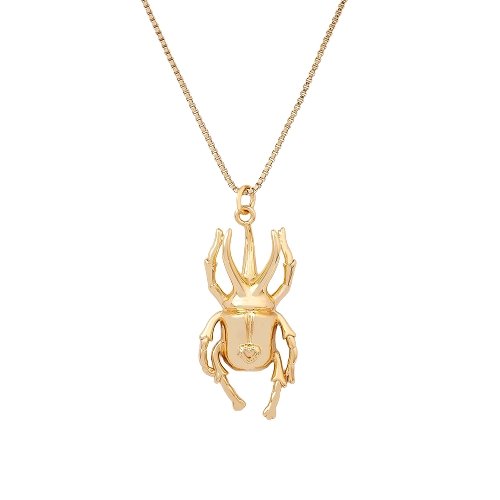
Beetle Pendant
See more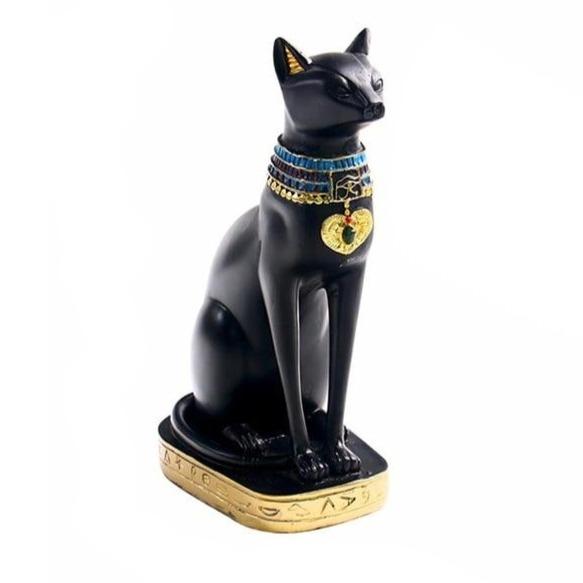
Egyptian Style Black Cat Statue
See more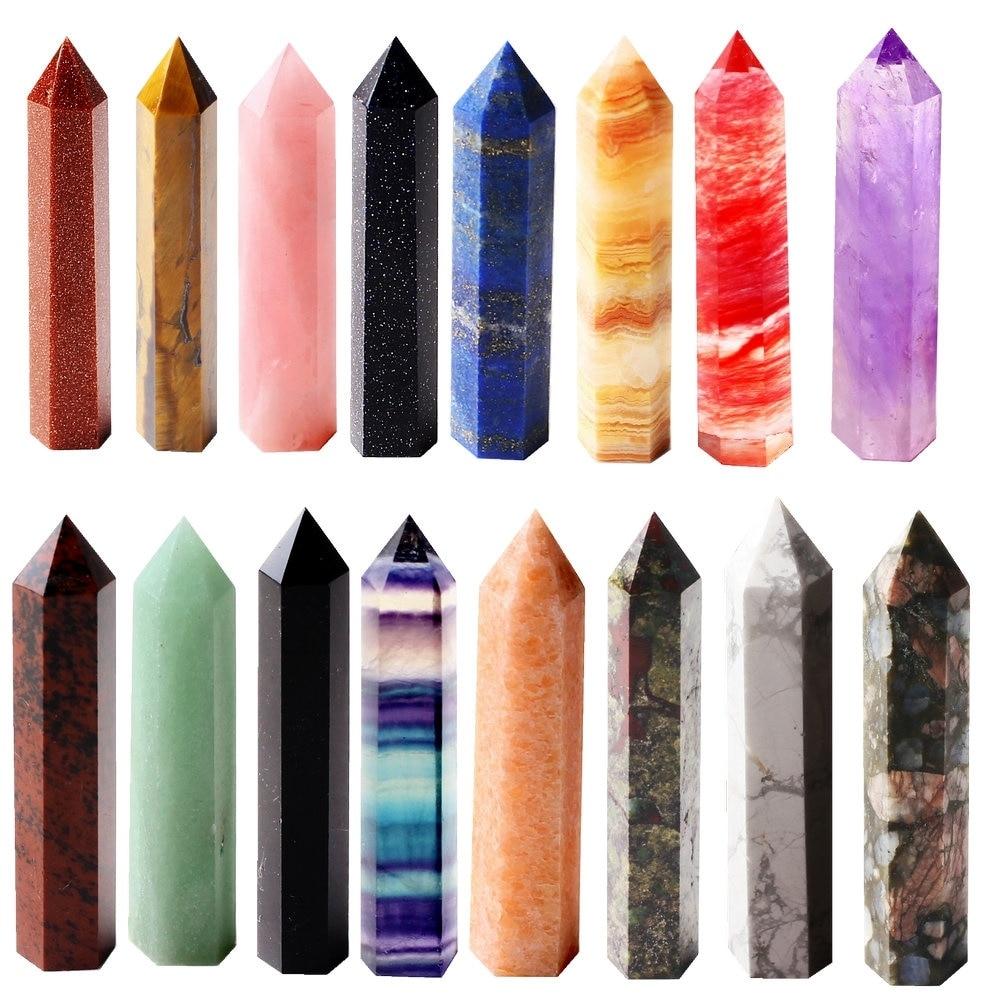
Crystal Obelisk
See more
